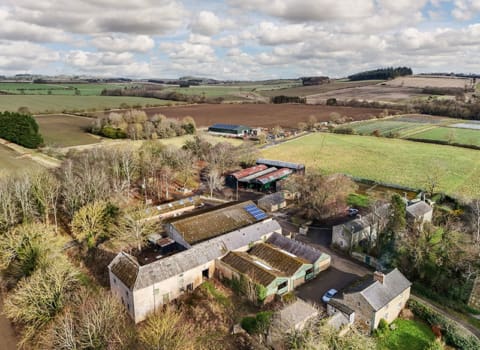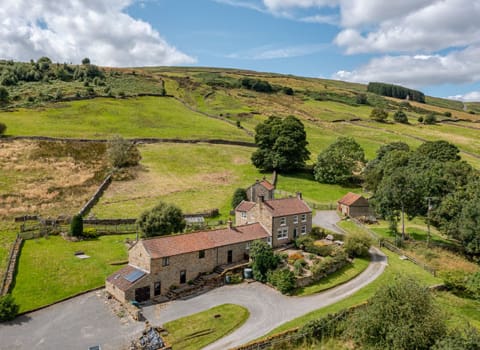Contact our offices
Main office
COLBURN
5 & 6 BAILEY COURT
COLBURN BUSINESS PARK
RICHMOND
NORTH YORKSHIRE
DL9 4QL
Estate Agency Offices are located in
BARNARD CASTLE, BOROUGHBRIDGE & RICHMOND
Residential Management Team
Our Offices
- Alnwick
01665 568310
Email Officealnwick@gscgrays.co.uk - Barnard Castle
01833 637000
Email Officebarnardcastle@gscgrays.co.uk - Boroughbridge
01423 590500
Email Officeboroughbridge@gscgrays.co.uk - Chester-Le-Street
0191 3039540
Email Officechester-le-street@gscgrays.co.uk - Colburn
01748 897630
Email Officecolburn@gscgrays.co.uk - Driffield
01377 337180
Email Officedriffield@gscgrays.co.uk - Hamsterley
01388 487000
Email Officehamsterley@gscgrays.co.uk - Hexham
01434 611565
Email Officehexham@gscgrays.co.uk - Kirkby Lonsdale
01524 880320
Email Officekirkbylonsdale@gscgrays.co.uk - Penrith
01768 597005
Email Officepenrith@gscgrays.co.uk

When do I need planning permission?
The Facts:
Planning Permission is required when the work to be carried out meets the statutory definition of development which is:
‘the carrying out of building, engineering, mining or other operations in, on, over or under land, or the making of any material change in the use of any buildings or any other land’.
This definition is set out in Section 55 of the Town and County Plan Act 1990 and in summary includes:
- Building operations
- Material change of the use of land and buildings
- Engineering operations e.g. ground works
- Mining works
- Works normally undertaken by a builder
- Sub division of a single house into 2 or more houses
According to the Town and Country Planning Act 1990, work that is not classed as development includes:
- Interior alterations (increasing floor space of retail premises by more than 200m2 except mezzanines)
- Building operations which do not materially affect the external appearance of a building.
- A change of use within the same use class.
Exceptions
Development does not in all instances require a Planning Application to be made. In some cases, development will be acceptable under Permitted Development Rights. Permitted Development Rights were extended in April 2014 and now provide a great prospect for many farmers and land owners.
Covered under Class Q of the Town and Country Planning Order 2015, these rights allow for the change of use of an agricultural building and any land within its curtilage to residential use alongside any reasonable necessary building work.
Before any development takes place; however, an application for Prior Approval is required from the Local Planning Authority. Although Prior Approval considers less issues than a full Planning Application it can still be quite involved and provides the Local Authority with a degree of control and discretion.
Matters to be covered in applications for Prior Approval include: effects on transport/highways, noise, contamination, flood risk and external appearance. The authority must also consider whether the location of a building makes it impractical or undesirable for it to change to residential use.
Despite this, Government support for the principle of re-using agricultural buildings for residential purposes can be treated as material consideration.
Permitted Development Rights allows for an agricultural unit to be converted to up to 3 residential units of up to 450m² of floor space in each unit. It is worth noting, however, if the building is Listed, within a Conservation Area, in an Area of Outstanding National Beauty or National Park, Permitted Development Rights do not apply.
The Government’s response to the Rural Planning Review was published in February and proposes new Permitted Development Rights that allow 750m² of agricultural floor space to be converted to residential use and up to 5 dwellings to be developed on each agricultural unit.
In September 2017, new rights will be introduced to allow for light industrial buildings and workshops to be converted to residential use (subject to restrictions and requirements). There will also be a limit of 500m² for the area to be converted and the buildings must have been light industrial use on 19th March 2014 or at the point where they were last in use. This is, however, a temporary opportunity and will expire a period of 3 years.
It is worth noting, however, that even if a Planning Application is not needed, other consents may require permission. The following list is not exhaustive but illustrates some of the permissions or consents that may be needed to be obtained before carrying out development.
- Works to protected trees
- Advertising consent
- Listed building consent
- Hazardous substance consent
- Environmental licenses/permits
- Building regulations
Permitted Development Rights provide an opportunity to deliver homes to meet local needs and support rural communities as well as further support to land owners seeking to progress schemes through the planning process.
Without the necessary Planning Permission enforcement action can be taken against you by the Local Planning Authority and it is therefore recommended that any landowner checks with their Local Authority before carrying out any development work.
For further information contact our Planning & Development team on tel: 01833 694935.
[team-member name=”Samantha Howe”]









